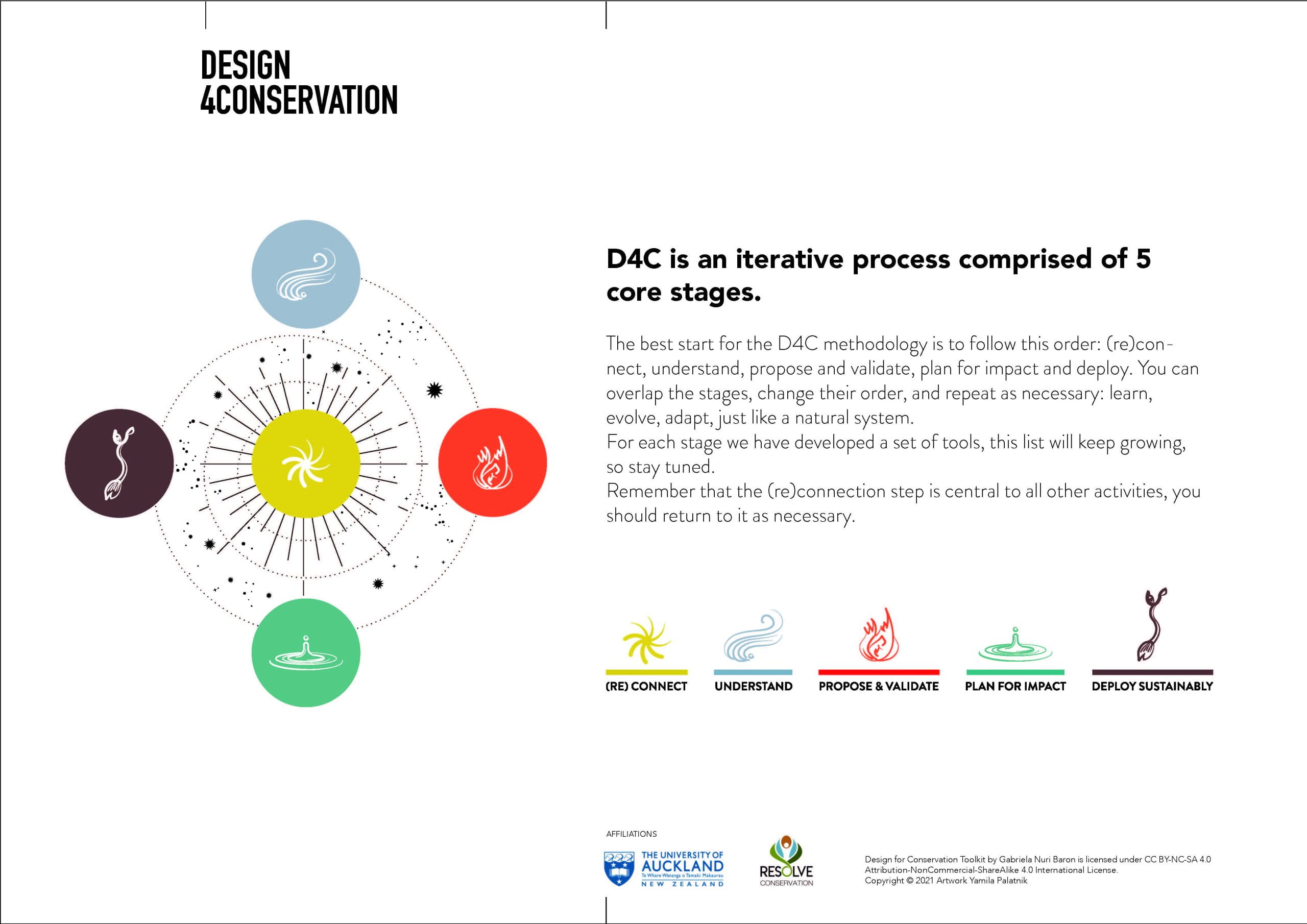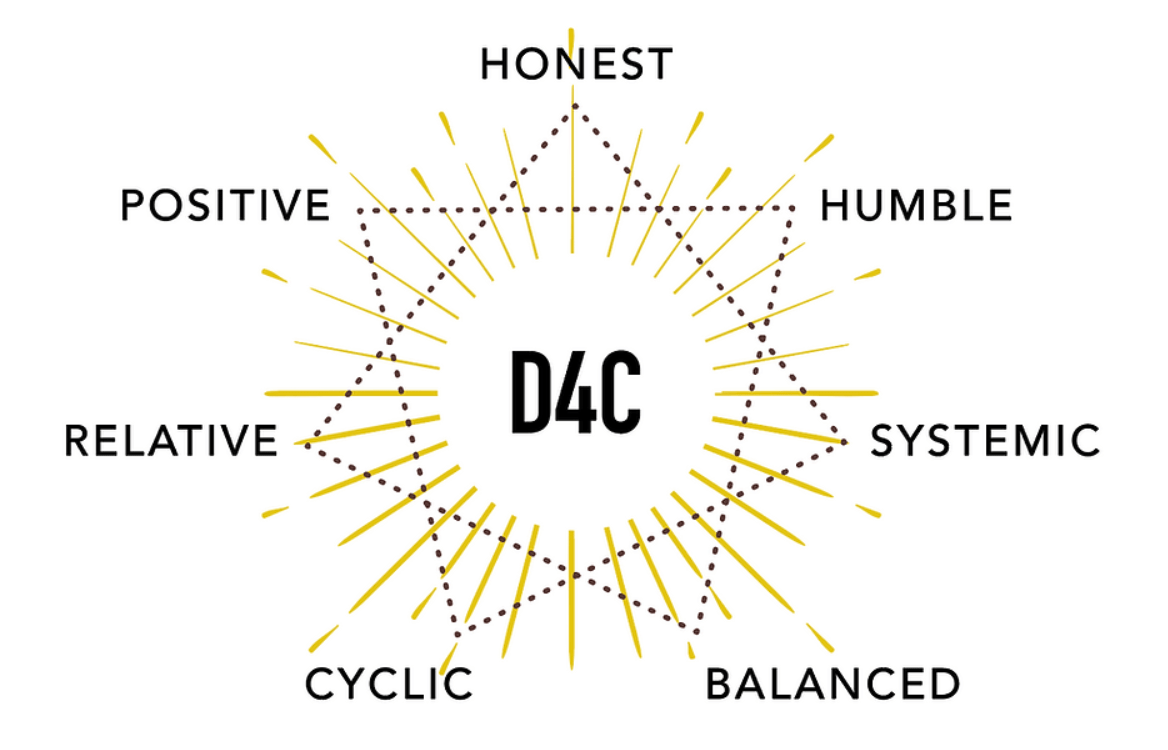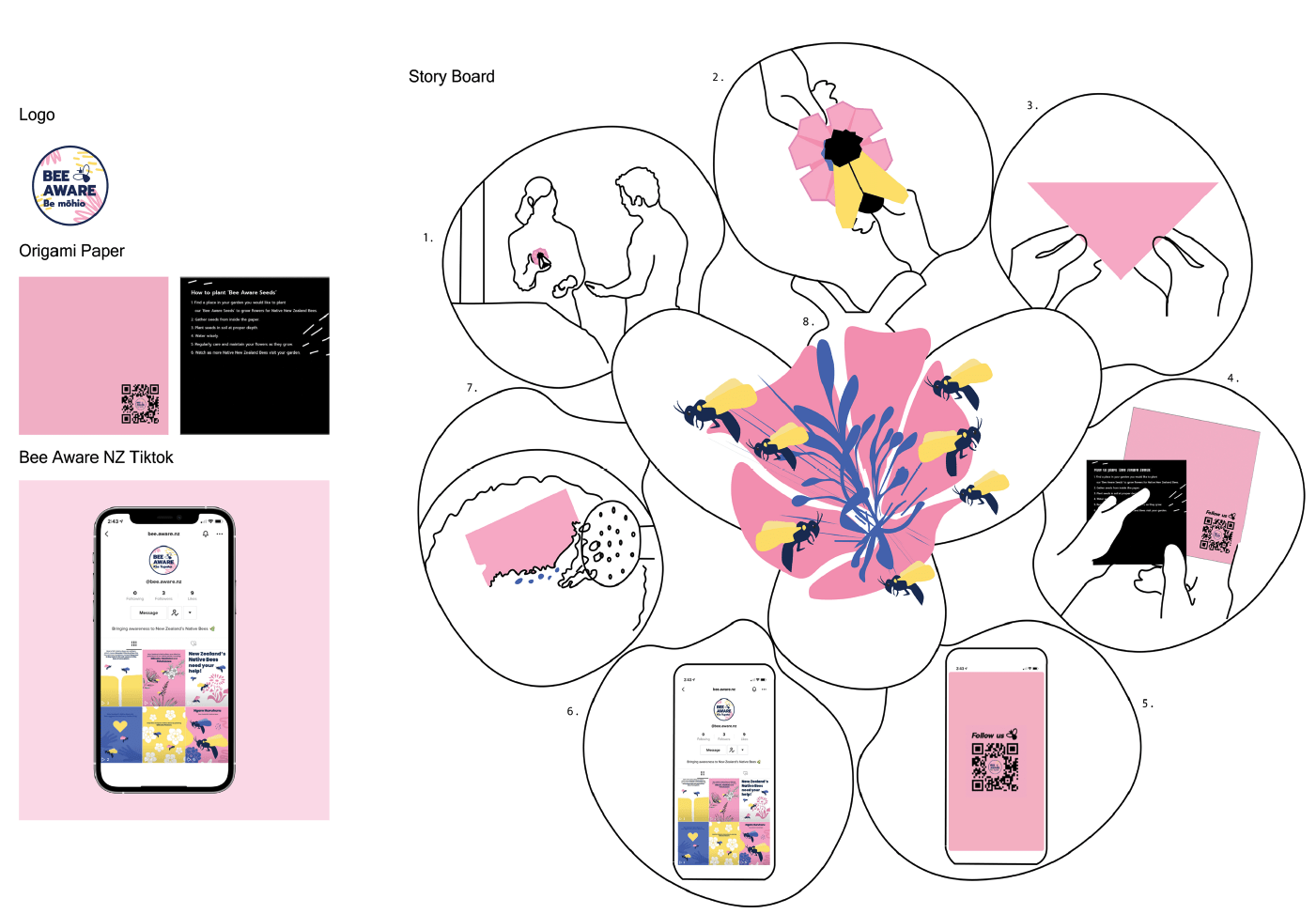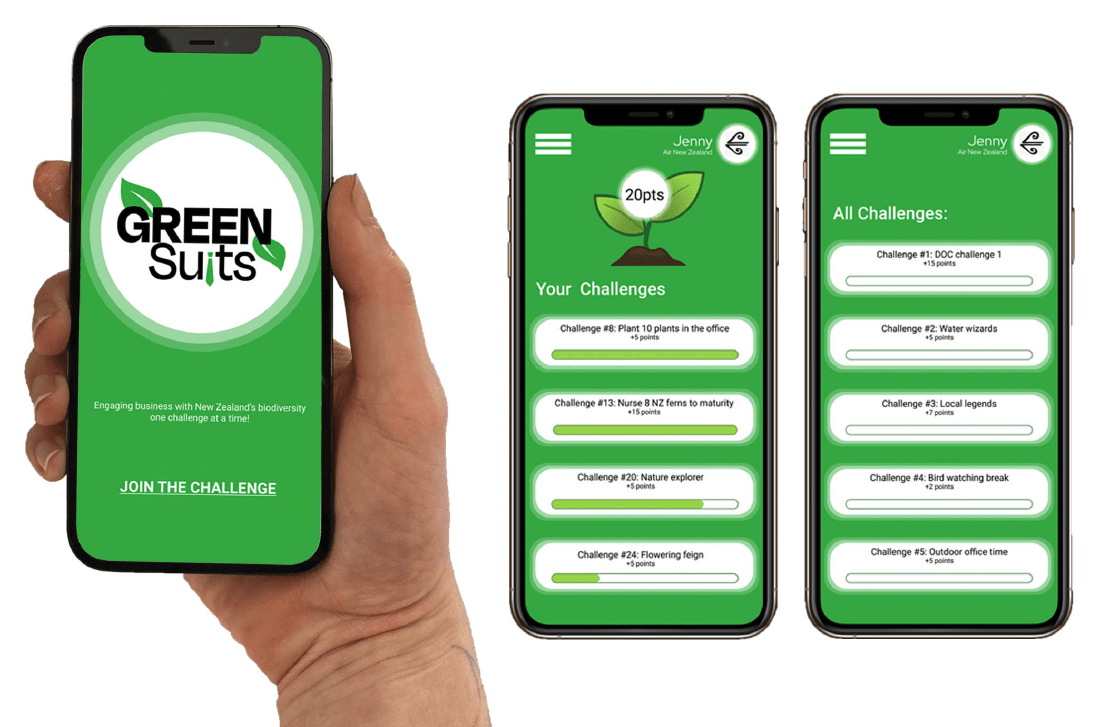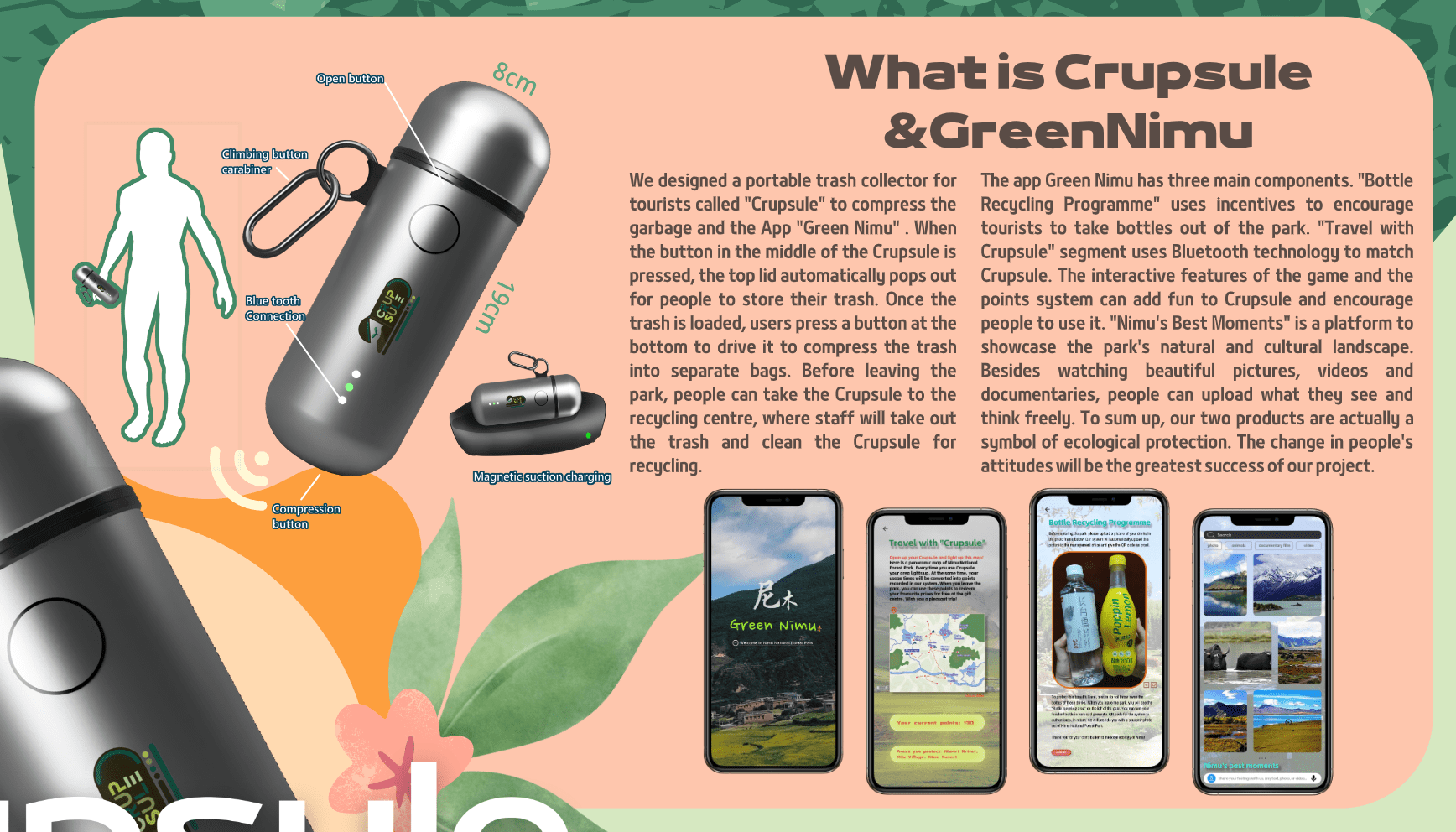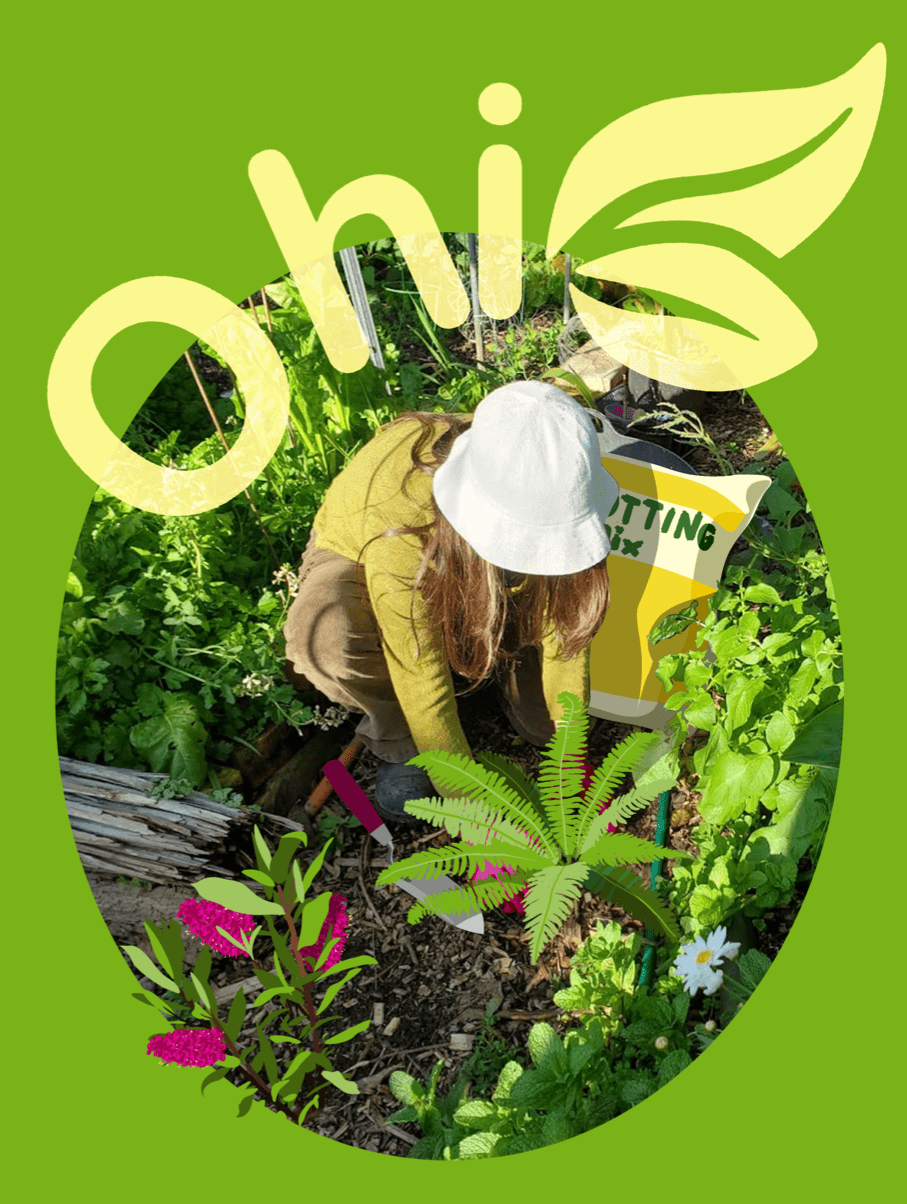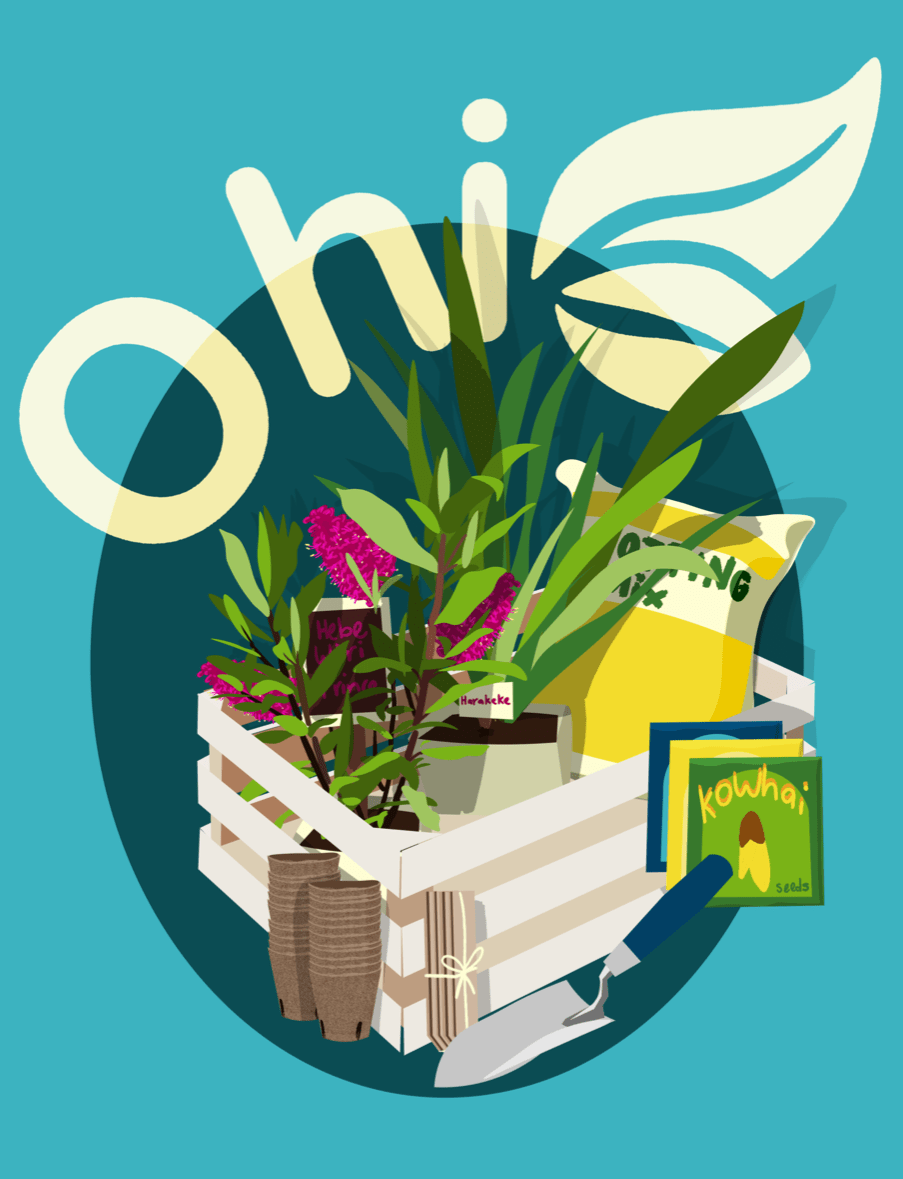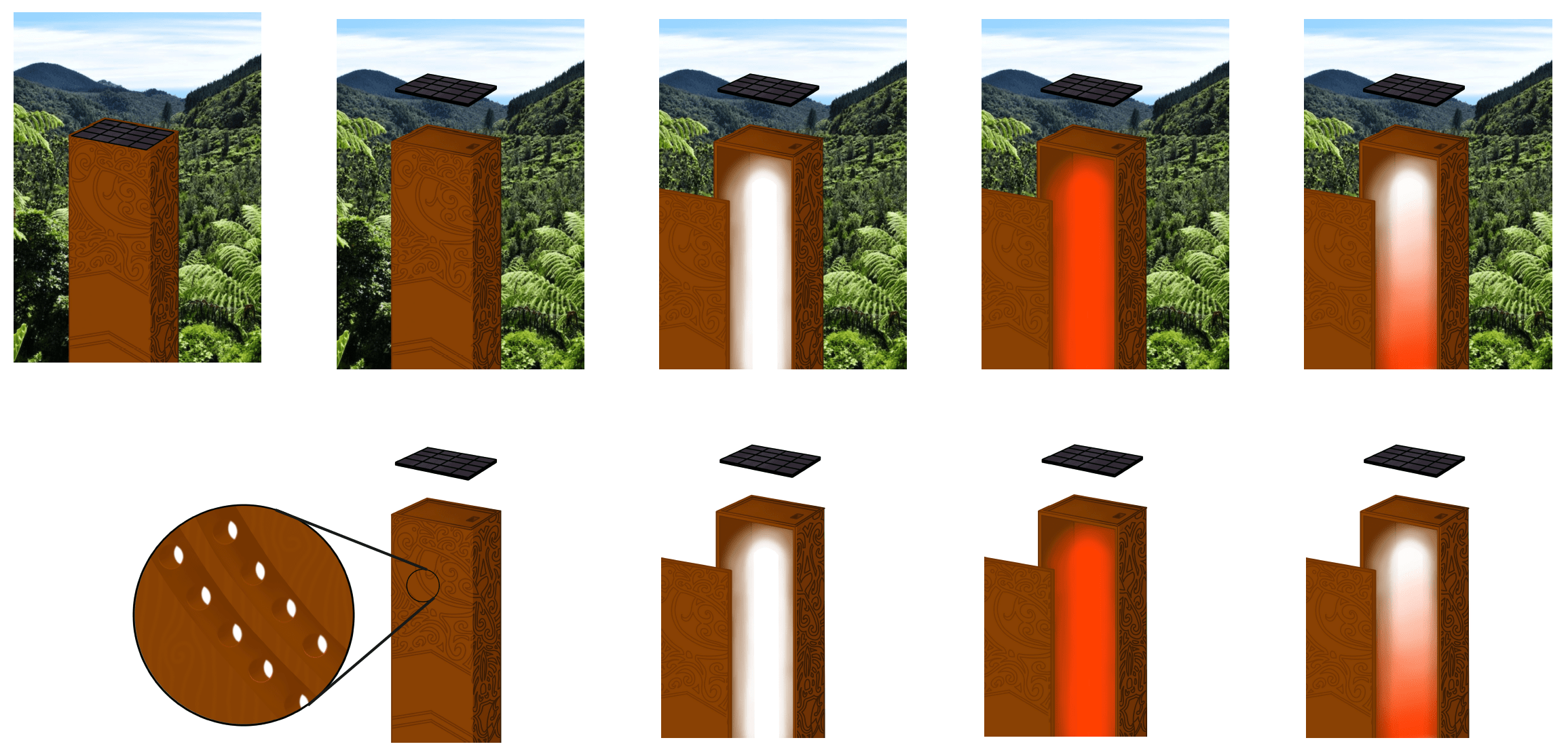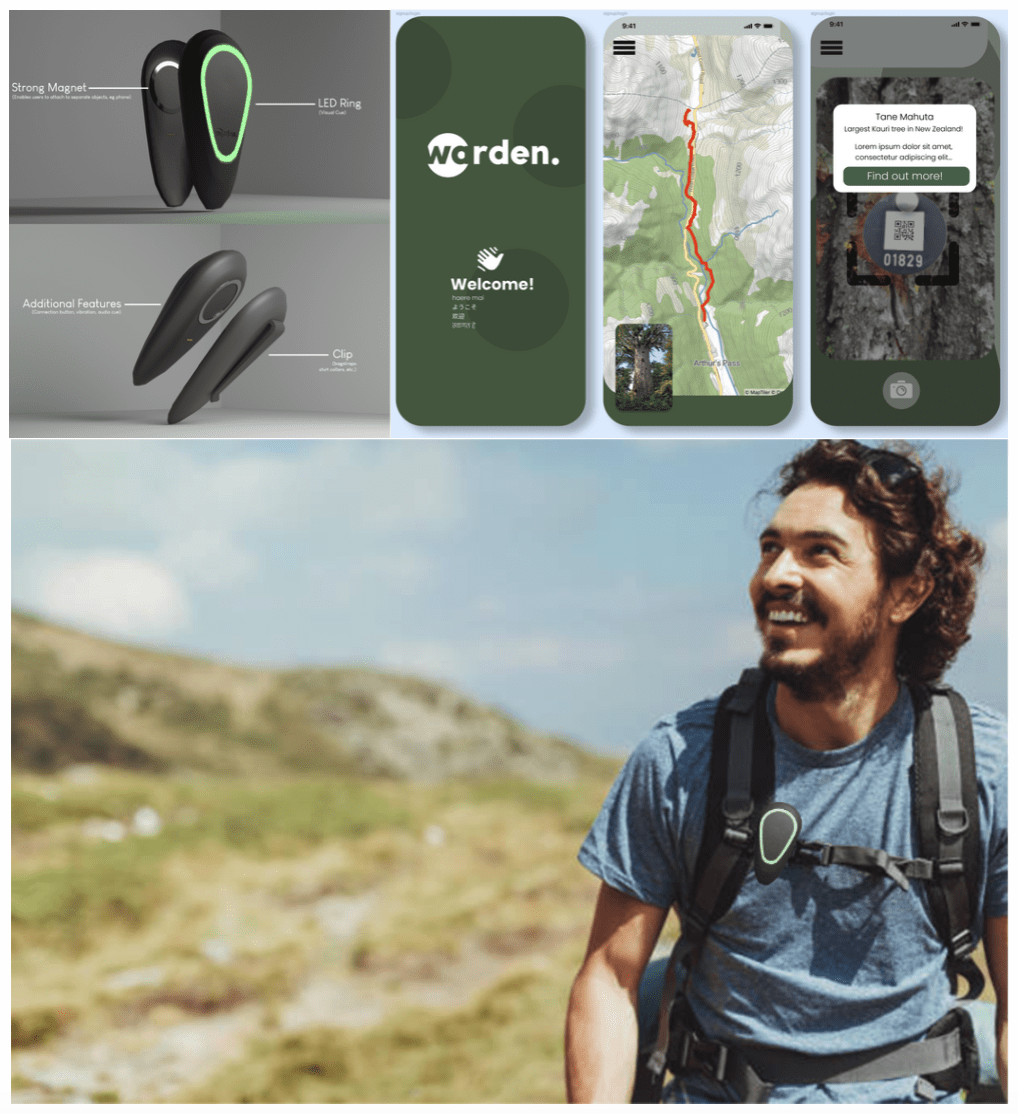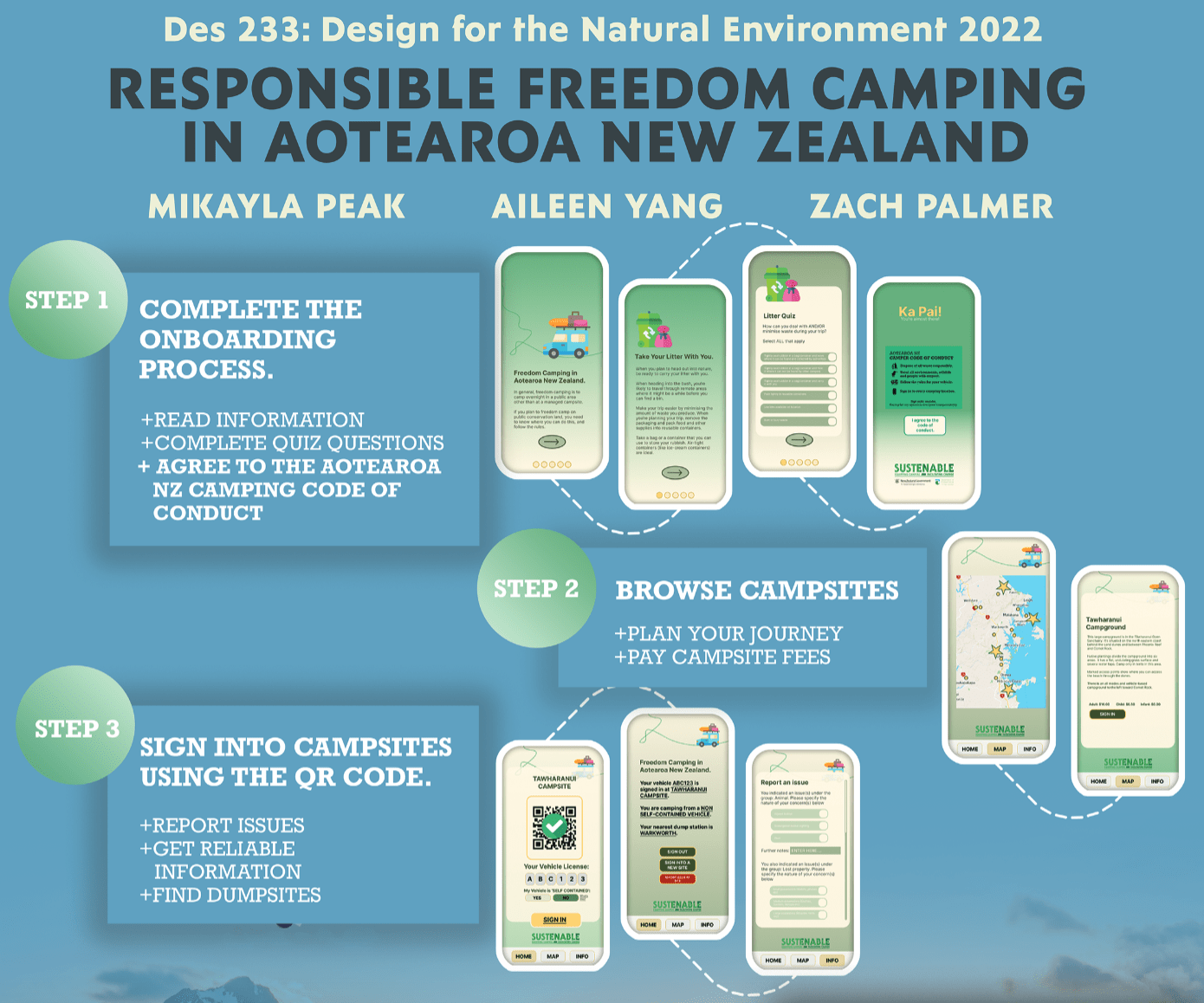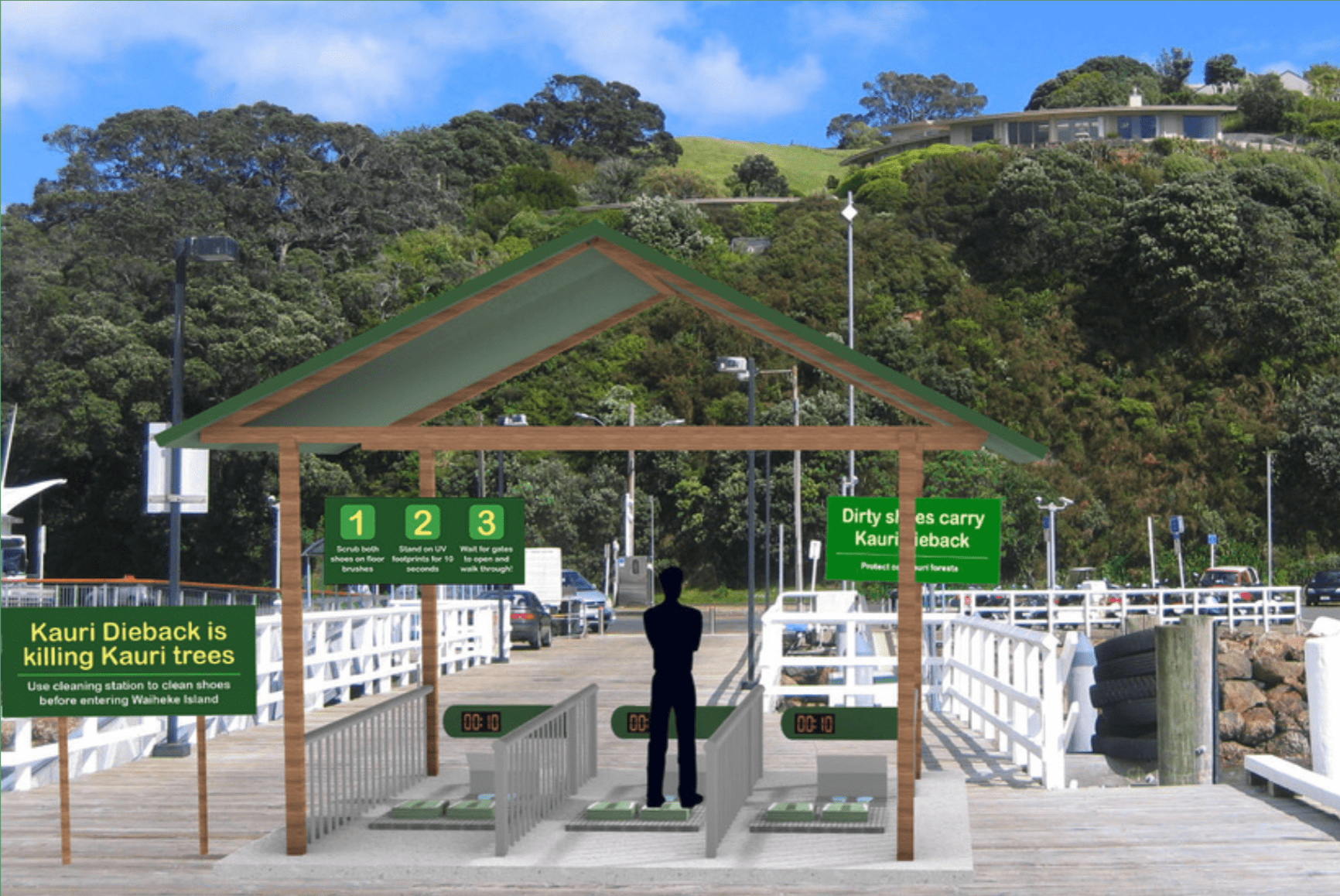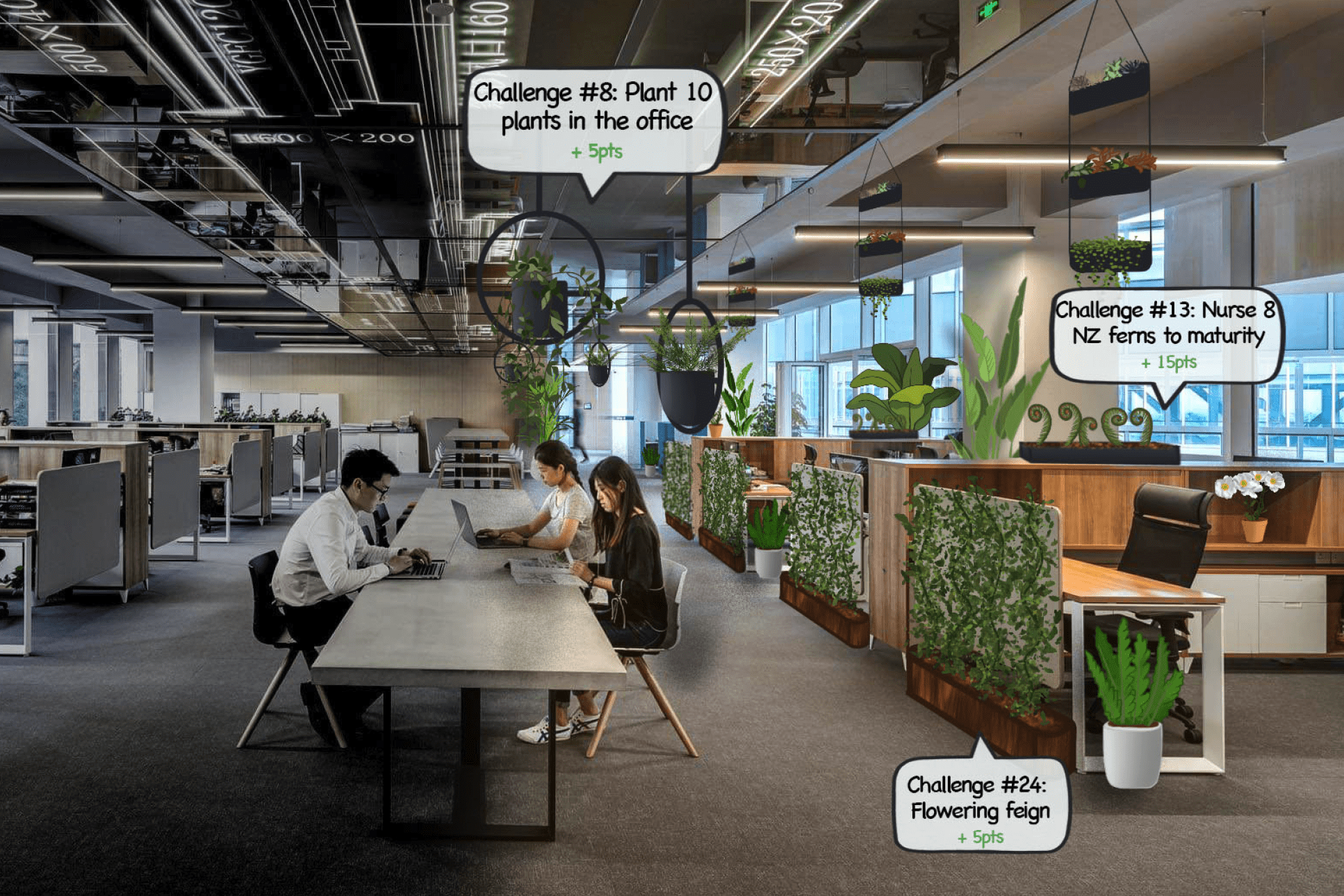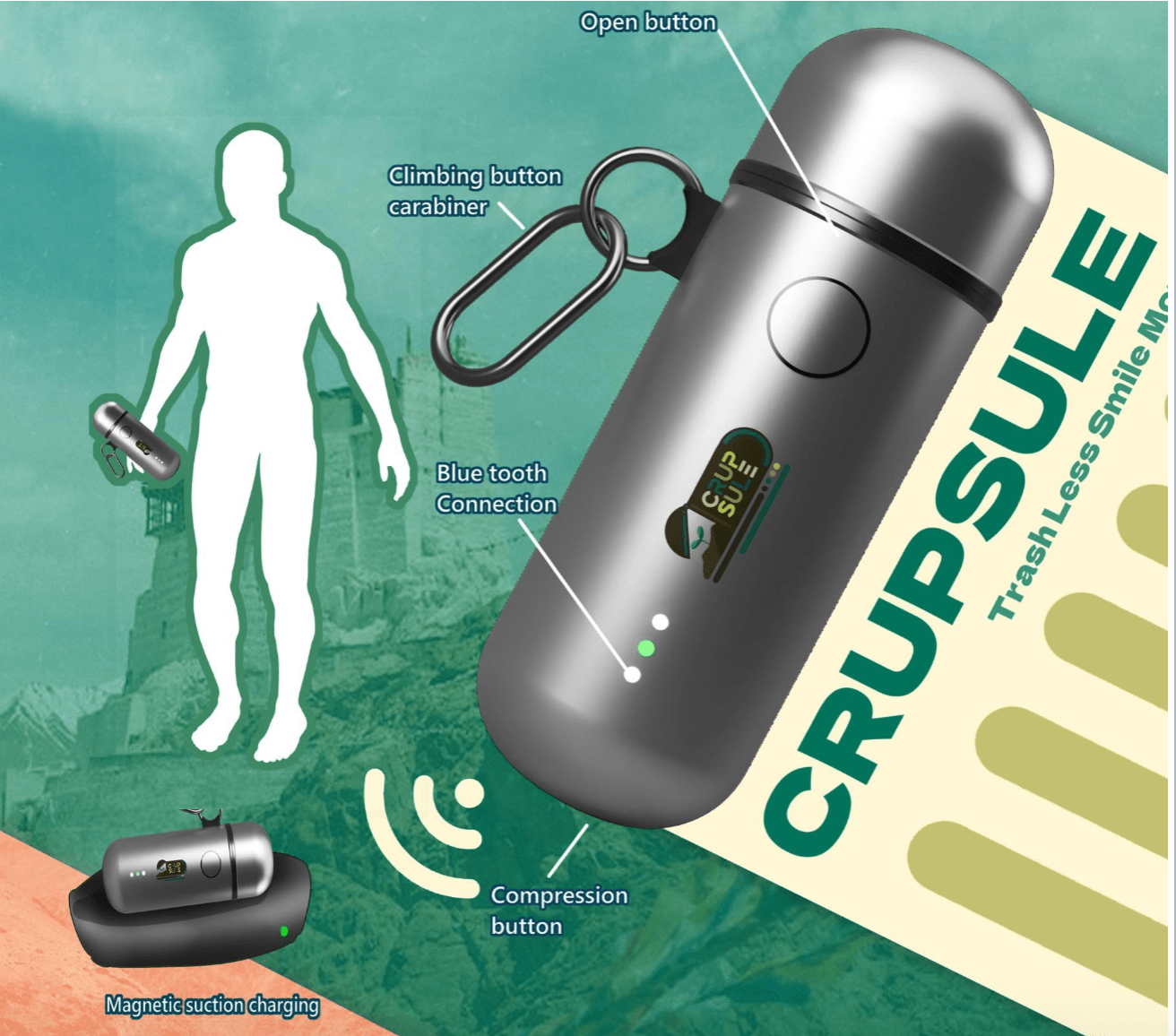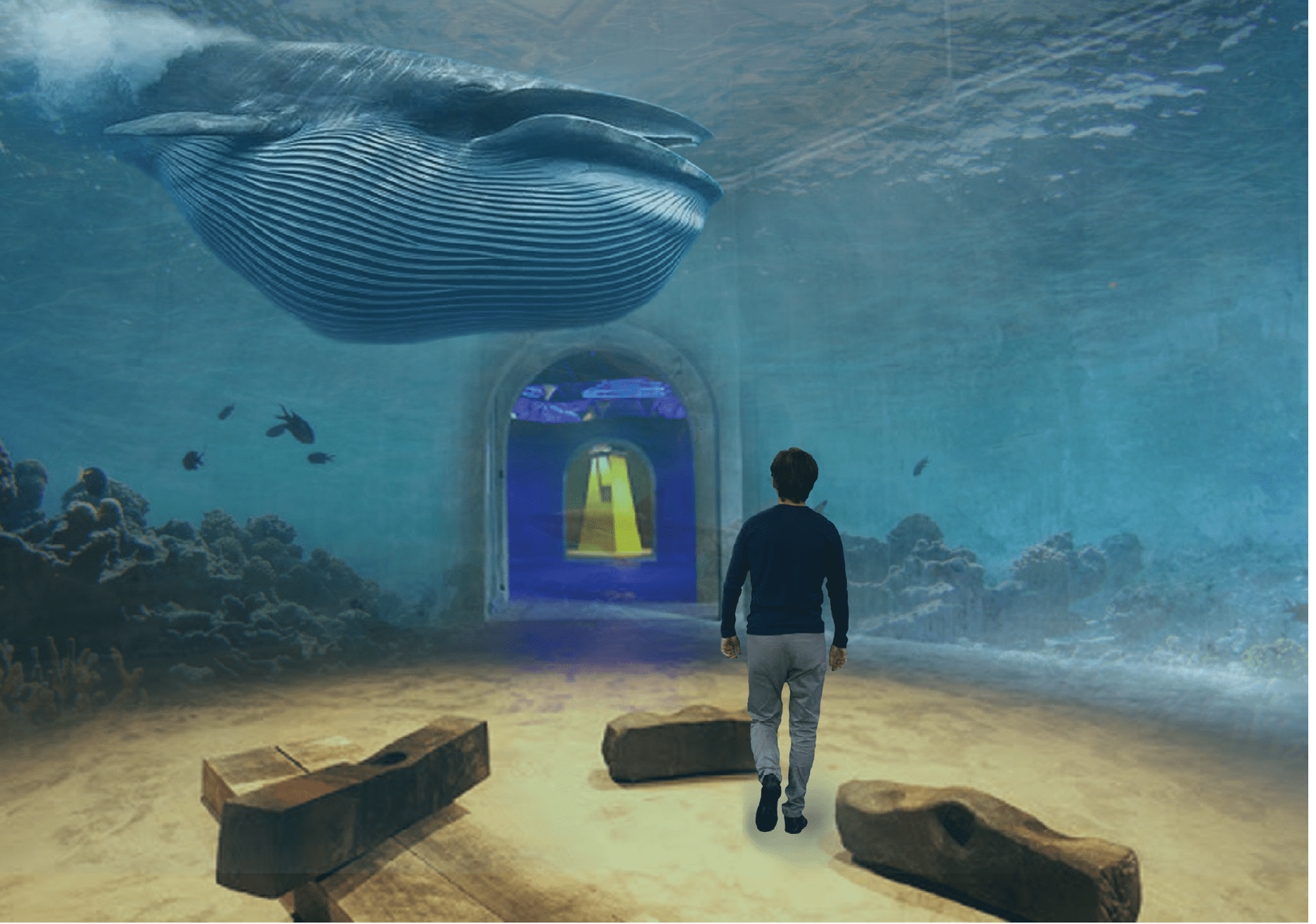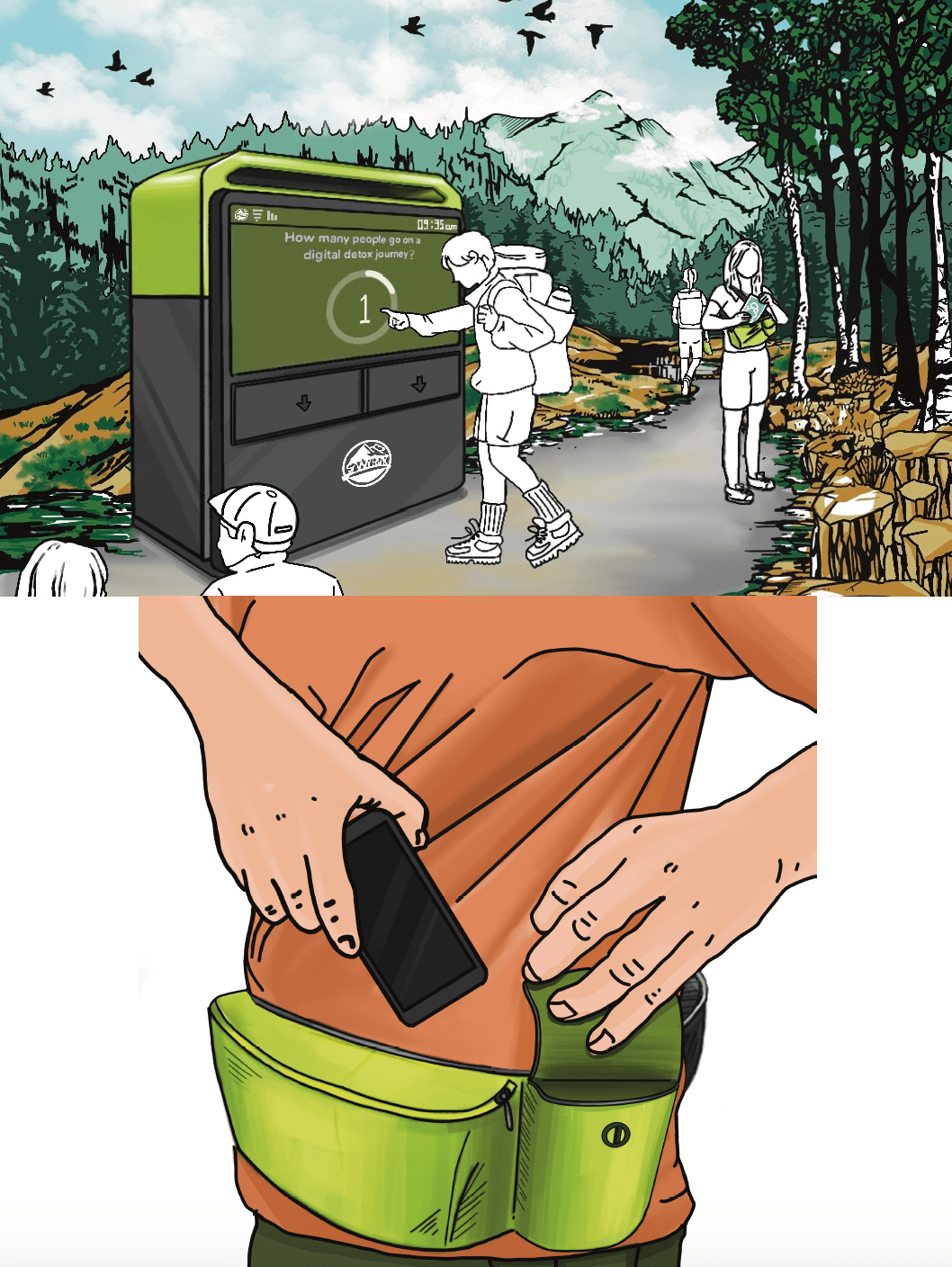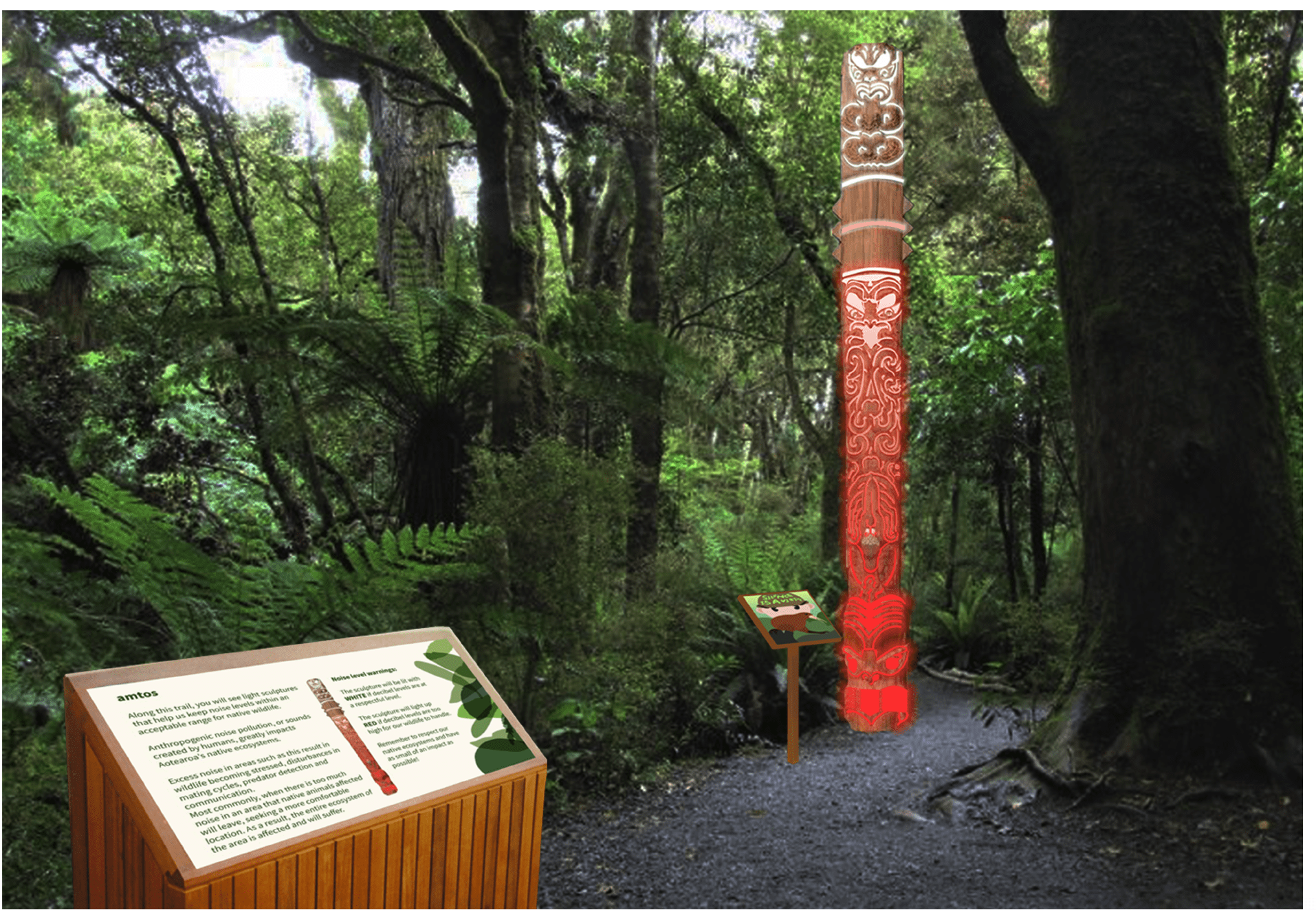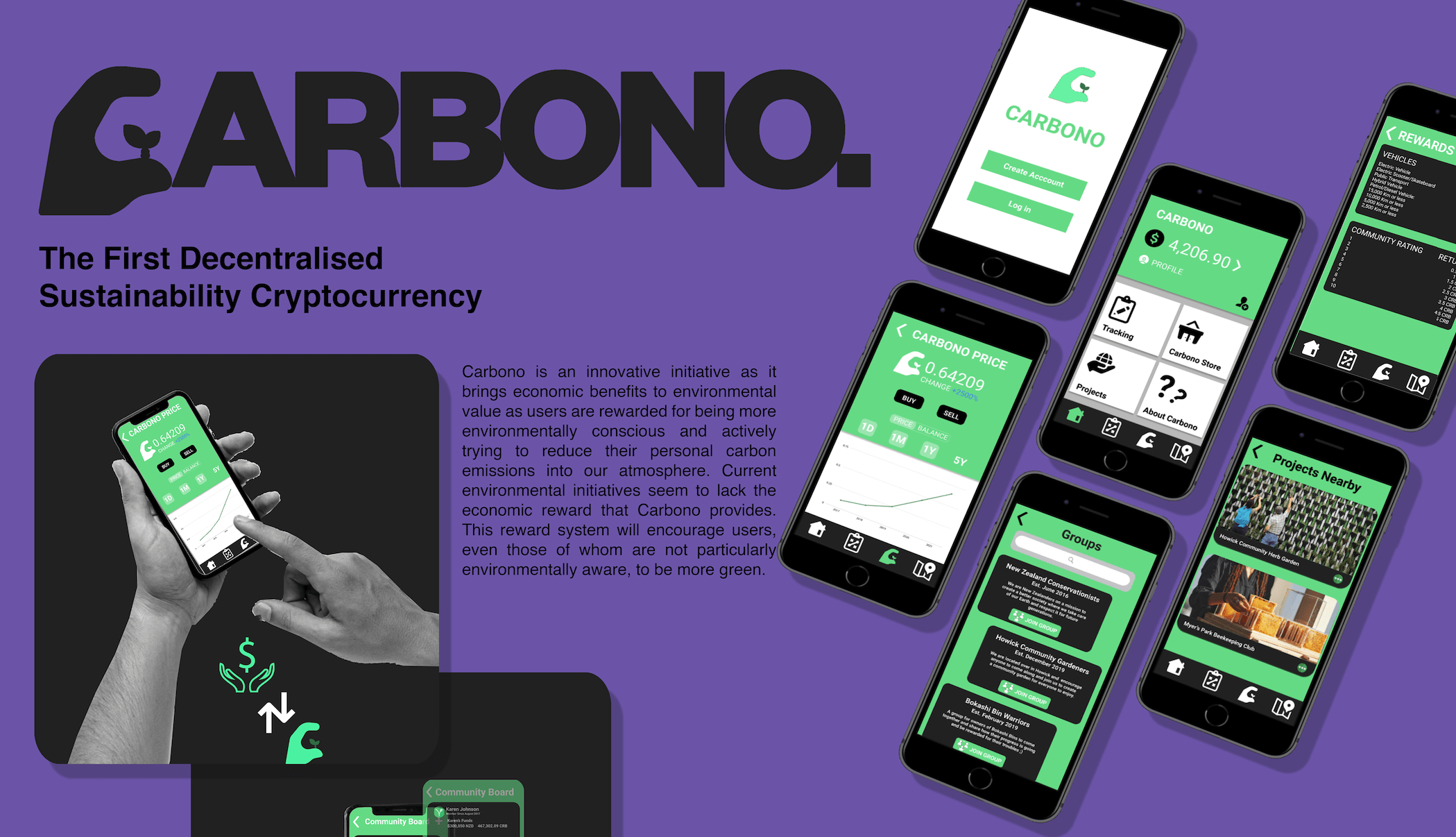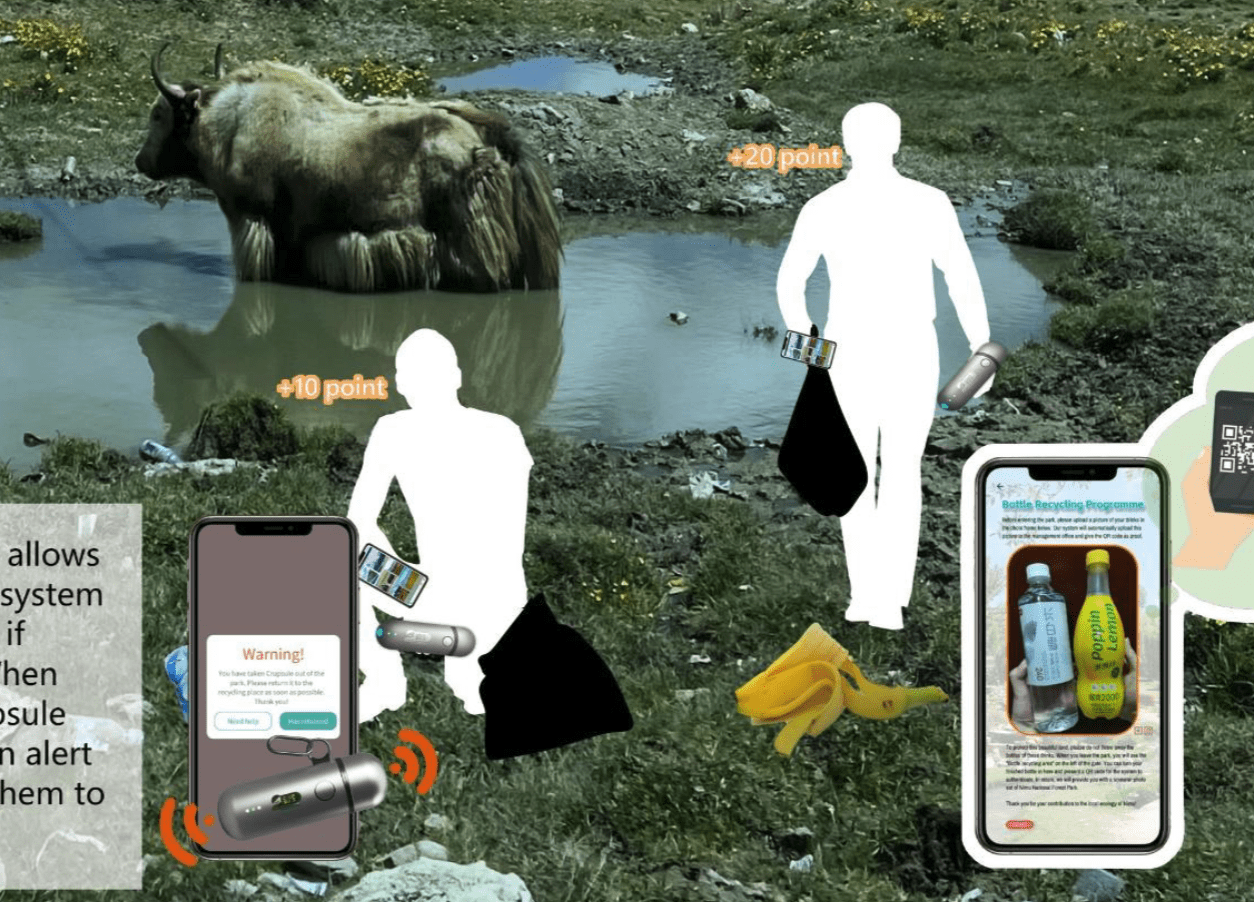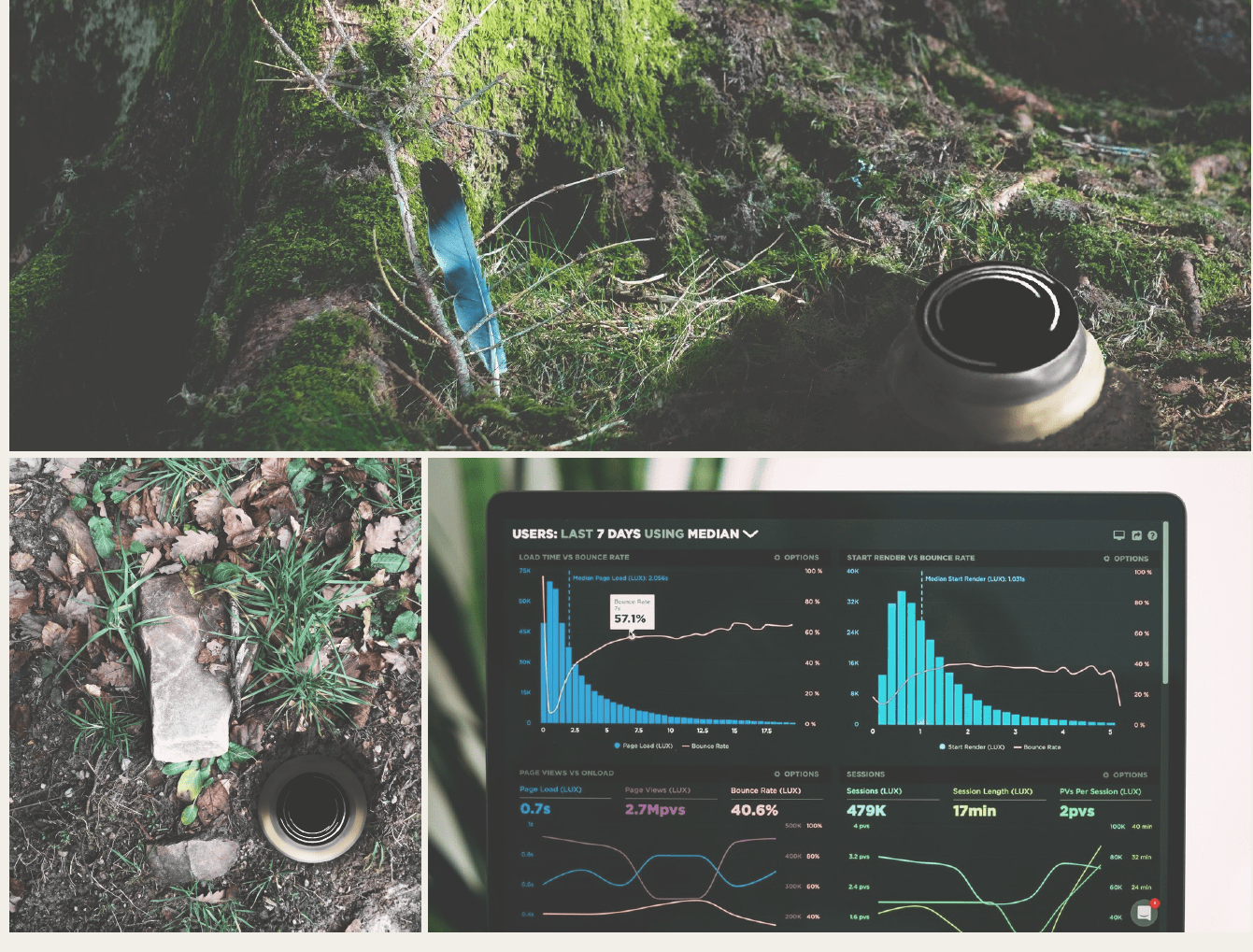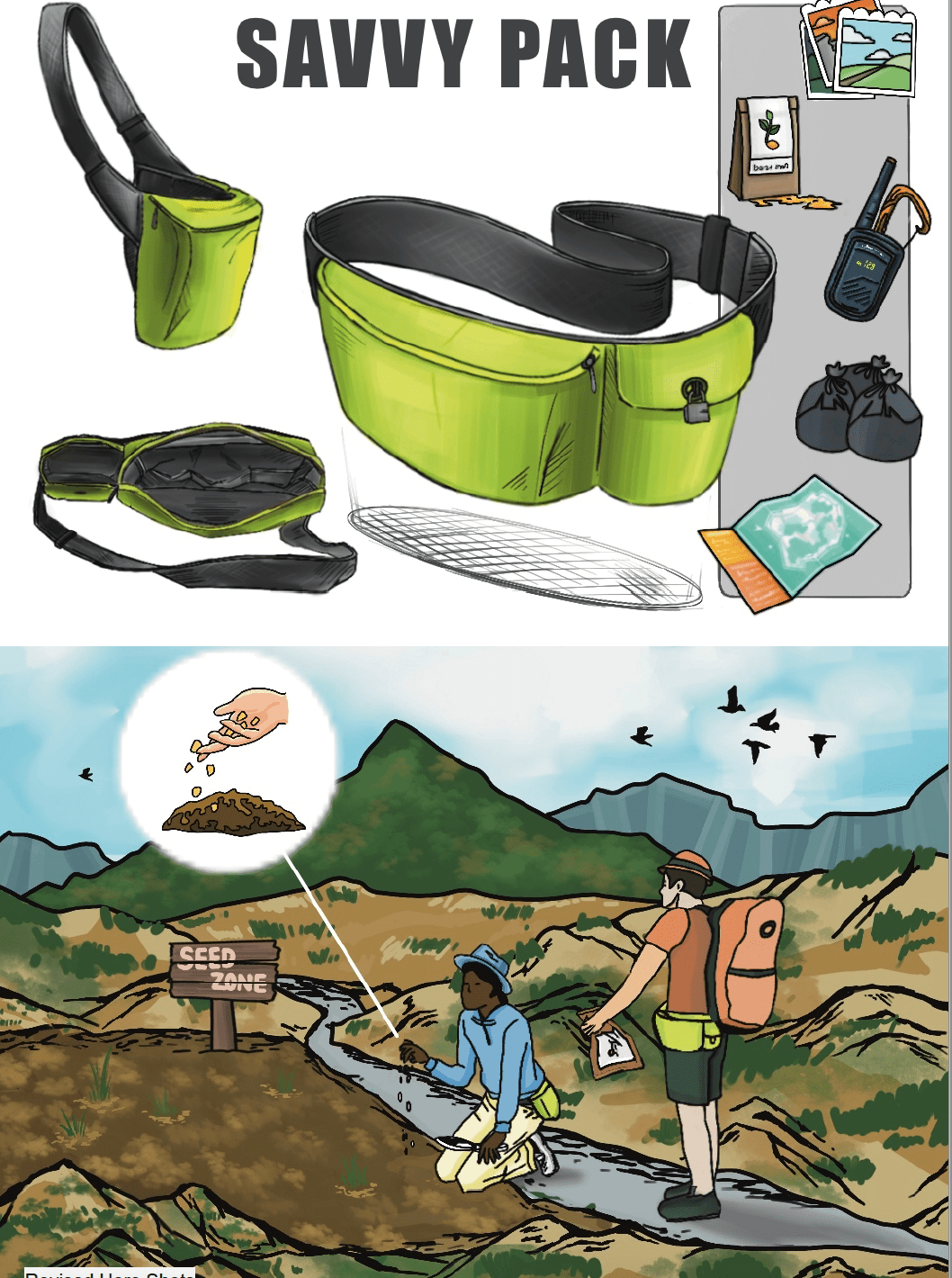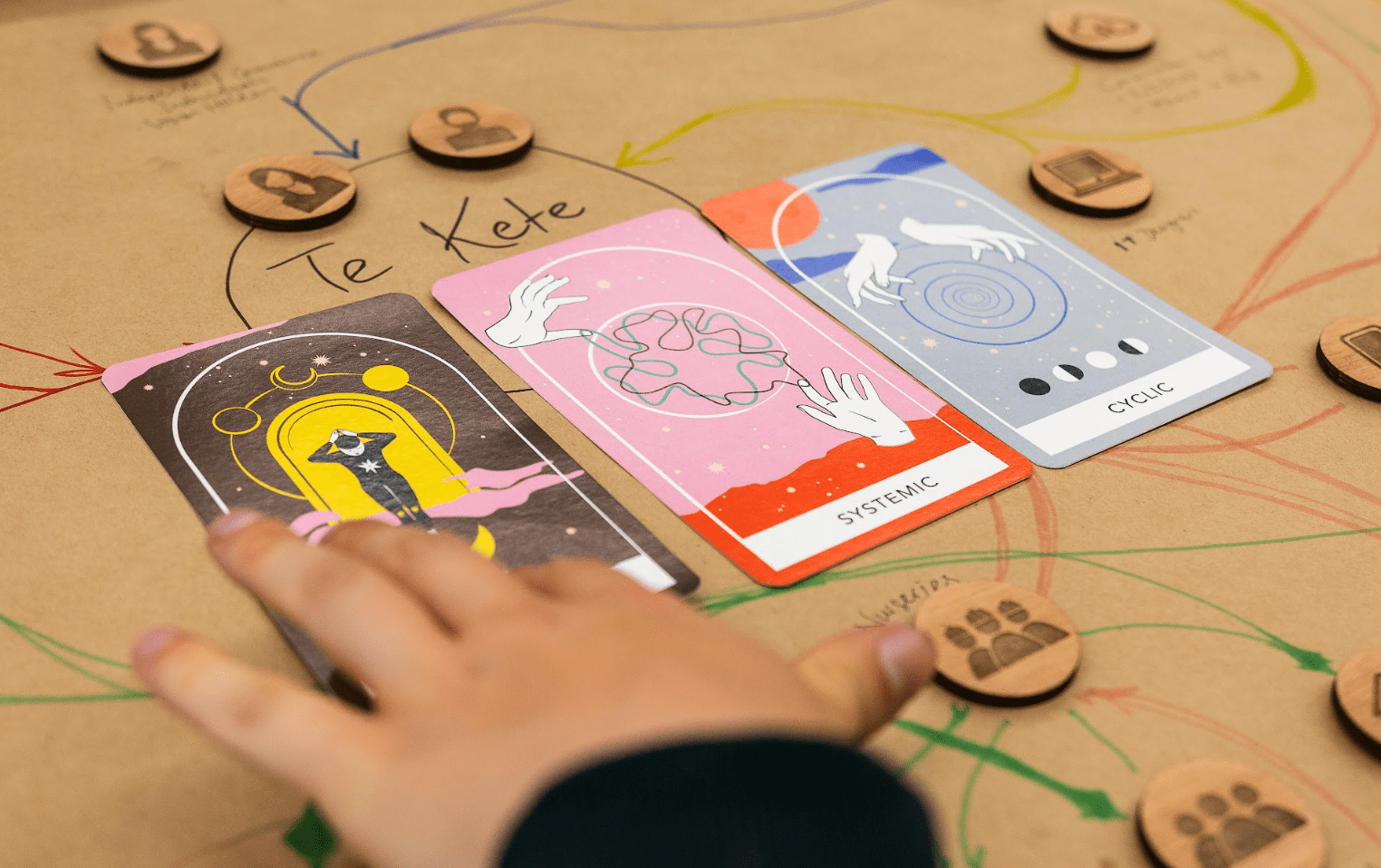Teaching purpose-led design using innovative Design4Conservation methodology
Teaching sustainable solutions to real-life problems through relationality, empathy, teamwork and creativity.
Dr Gabriela Baron teaches purpose-led Design at the faculties of CAI. As (formerly) Deputy Director for Design Programmes, she’s had the opportunity to create five academic courses from scratch for the new Design Studies programme and to co-design other papers. Gabriela also created a research-based methodology kit for teaching design thinking in conservation, sustainability and social innovation called Design4Conservation (D4C).
The inclusive and relational D4C methods, when applied to teaching and learning, can create a truly authentic, innovative, collaborative and practical learning experience for students, as seen in her Stage II course DESIGN 233: Design and the Natural Environment. Gabriela’s teaching approach combines relational learning, technology-enhanced learning, and assessment-for-learning methodologies.
Background
‘We can’t solve problems the same way we created them,’ says Gabriela in one of the presentations of her Design4Conservation (D4C) methodology for participatory innovation.
The multispecies design toolkit she devised to tackle the world’s ‘wicked problems’ combines more ‘traditional’ design thinking methodologies with new paradigms of being, relating to each other and doing that operate on multiple levels, from mindsets or mental models, through a relational level, onto a practices/technical level. Aside from the strong emphasis on relationality (as students need to position themselves in relation to the subject/the challenge, the place – locally and globally, their own identity, and each other), D4C works to decolonise and indigenise the thinking about the environment and learning. For that purpose, Gabriela works closely together with Ayla Hoeta (Waikato Tainui, Ngāti Tahinga), Associate Director Māori and lecturer, and design specialist for Mātauranga Māori, to embed kaupapa Māori pedagogies into DESIGN 233 and other courses.
The D4C toolkit & mindset
The Design for Conservation (D4C) methodology emerged in response to the complexity of the world’s ‘wicked problems’ that do not have simple solutions, such as ecosystem degradation and global warming. It is a methodology, a toolkit and a mindset framework for thinking, learning and problem-solving that Gabriela’s students use to seek and model their responses to real-world environmental and sustainability problems.
Like the potential solutions, the D4C model itself is not something finite but rather an iterative Agile-to-Deep process that is comprised of five core stages that can overlap and change order. The four design thinking stages—understand, propose, validate, plan for impact, and deploy sustainably—are bound together by the (re)connection stage in the centre, which asks the participants to reflect on their values and purpose consistently. These stages in learning and problem-solving can become cyclical, mimicking systems in nature in order to learn, evolve, and adapt.
Figure 2. D4C interactive process comprised of 5 core stages. Reconnect, understand, propose, validate, plan for impact and deploy.
D4C also provides a set of seven nature-based mindsets to help students self-reflect and achieve genuine engagement within their teams, the environment and affected communities. Students are encouraged to reflect on and employ honest, humble, systemic, balanced, cyclic, relative and positive values in their approach. Altogether, consistent self-reflection motivates the students, helping them find their response to the ‘So what?’ (aka ‘What do I care?’) question, which is especially useful when facing some failures or challenges along the way. The proposed mindsets also aim to spark discussions and debates on alternative futures and coherent ways of being in an increasingly complex world. In this mindset methodology, empathy is regarded as both an emotional and cognitive state, fostering authentic connections with oneself, communities, and the natural environment.
Figure 3. D4C diagram for reflection: honest, humble, systemic, balanced, cyclic, relative and positive values.
Practical examples
In DESIGN 233: Design and the Natural Environment, students develop disruptive and responsible design approaches that aim to regenerate the natural environment while exploring indigenous approaches and the participation of local communities. Students work both individually and in teams to engage in real case study research before designing candidate solutions and criteria for measuring the local and global impact of their design interventions.
The course uses a hybrid teaching model, combining live studio sessions, online material and lectures, and in-person presentations.
Assessment consists of three assignments, the first of which is individual work:
- 30% – An individual Reconnection story, submitted in multimedia format. (technology-enhanced learning).
- 30% – A Design for Conservation Concept Pitch (or a candidate solution), and
- 40% – D4C A Design for Conservation Final Project Report (or impact report).
Figure 4. Examples of students’ work in DESIGN 233 course.
Figure 5. Workshop with external partners: Analysis using three of the seven Mindset cards: Humble, Systemic, Cyclic.
Project impact
This is a great course for a critical introduction to Earth Challenges from a place-based perspective. Students learn the theory fundamentals of climate change, sustainability and conservation, and they also learn about participatory methodologies. Students are exposed to a methodological approach integrating rigorous, Western-style science with indigenous methods, including kaupapa Māori. This course also highlights the importance of community, participation, and interdisciplinarity in approaching complex challenges. Students are encouraged to explore their own indigeneity, heritage and values while understanding positionality and obligations as Te Tiriti (Treaty of Waitangi) partners.
By fostering spaces for relational activities, Gabriela and her teaching team aim to build trust-based relationships within student teams, where accountability and empathy are key. This course also interweaves positionality, relationality and purpose, which are present throughout the Design program.
Gabriela explains the D4C methodology and toolkit and their practical application (YouTube).
The D4C Conservation Canvas Tool guides teams to diagnose, understand and iterate on actionable design challenges for a more effective and shared approach to framing conservation challenges (YouTube).
From student feedback
“I think that the design model used in this course was a very helpful tool that helped me in other classes as well.”
“I loved the concept of this course and how we got to collaborate with our peers to create something that could actually be implemented in the real world.”
Following the D4C canvases made the course very straightforward and explained what we needed to do. This was especially helpful when working with our groups as it gave a clear indication what needs to be completed by when. Overall I thought the course was very well structured, and provided a holistic approach to designing for the environment.
What you can borrow
- Relational approach that, throughout the course, asks students to reflect positionally on their environment, resources, identity, values, purpose and each other.
- Embedded kaupapa Māori methods that aim to bridge Western approaches and indigenous practices, enabling collaboration between different stakeholders of diverse backgrounds, races, cultures and systems of knowledge.
- The Design4Conservation methodology and kit which, thanks to its versatility and flexibility, can be fully or partially adapted for various projects or their stages. Pick and choose from the toolkit what suits you.
The D4C could be applied to Environmental Studies and Sciences, Design Thinking courses, community engagement courses, interdisciplinary programs, Global Studies and Sustainability courses, Social Sciences and Anthropology, professional development workshops, business and innovation programs, technology and engineering courses, and many more.
Project resources
Visit the Design4Conservation website to learn more information about the methodology and access the free, downloadable toolkit for using it in your practice. The kit consists of:
- 21 instructional activities with downloadable templates for the Agile-to-Deep design process,
- Seven mindset cards with instructions, which can be downloaded and printed to be used in the classroom.
In 2022/23, Emerald Publishing granted the toolkit the “Impact Award” in Early Career Researcher category.
Read the publication that lays out the research behind the mindsets.
Visit Gabriela’s University staff page that features links to related videos, including her presentation of D4C at Aotearoa New Zealand Sustainable Development Goals (SDG) Summit in 2021.
Finally, watch Gabriela’s video presentation at the Sustainability Teaching Network session (log in with username@uoa.auckland.ac.nz) to learn more about the innovative Design programme at the University, including the application of D4C methodologies in teaching practice, including concrete teaching and learning examples of delivery and outcomes.


